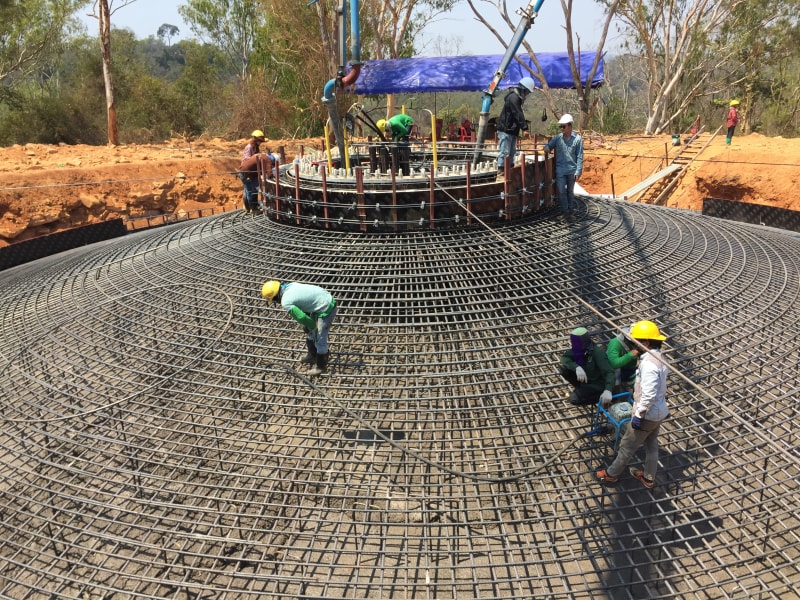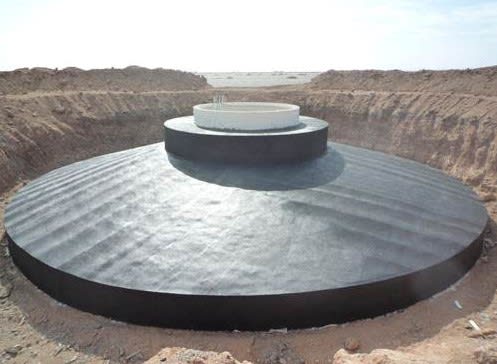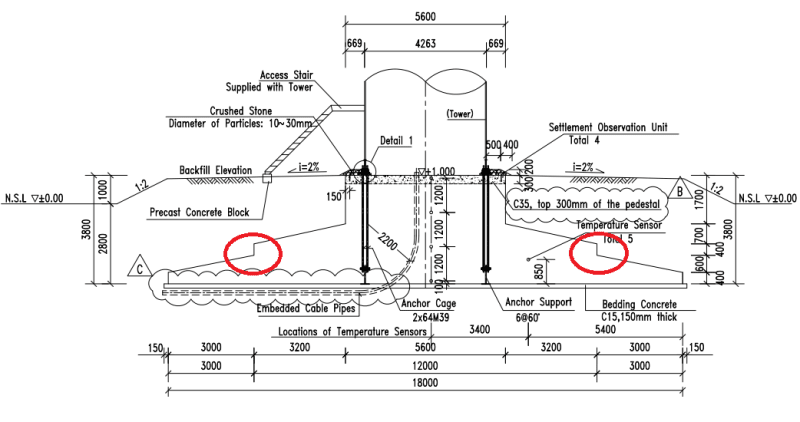Hi all,
For wind towers/turbines, a spread footing might be an option. It can either be rectangular or circular, yet in most cases I have seen so far (from colleagues and in the internet) circular sloped footings are used (smaller thickness as u go away from the center, like attached in the first two images below). I understand that they definitely have high probability of overturning since a wind turbine can extend to a height of 100 m and thus they heavily rely on gravity to resist this overturning (circular footings can extends to 20 m diameter with a thickness over 3 m).
My question are:
1. What are the benefit of circular footings compared to rectangular ones? why are they more adopted for wind turbines? (constructability? economical aspects? structural aspects?)
2. Why using sloped ones not regular ones?
3. In the second image, why such sudden decrease in thickness is made? is it for economical purposes?



If you do not see it, you cannot design it!
For wind towers/turbines, a spread footing might be an option. It can either be rectangular or circular, yet in most cases I have seen so far (from colleagues and in the internet) circular sloped footings are used (smaller thickness as u go away from the center, like attached in the first two images below). I understand that they definitely have high probability of overturning since a wind turbine can extend to a height of 100 m and thus they heavily rely on gravity to resist this overturning (circular footings can extends to 20 m diameter with a thickness over 3 m).
My question are:
1. What are the benefit of circular footings compared to rectangular ones? why are they more adopted for wind turbines? (constructability? economical aspects? structural aspects?)
2. Why using sloped ones not regular ones?
3. In the second image, why such sudden decrease in thickness is made? is it for economical purposes?



If you do not see it, you cannot design it!
